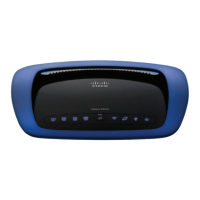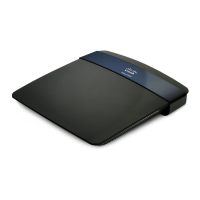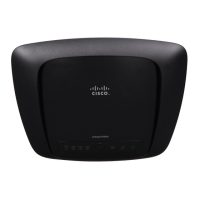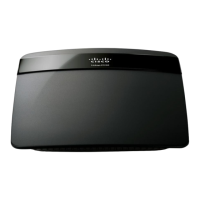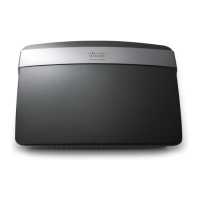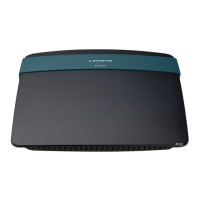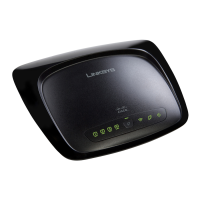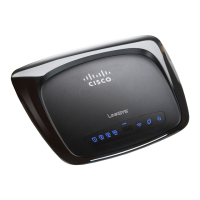Specifications.
Linksys E3200.
Security features. WEP, WPA, WPA2
Linksys E3200
Security key bits. Up to 128-bit encryption.
Model Name. Linksys E3200.
Storage File System Support. FAT, and NTFS, and HFS+.
Description.
Model Number.
Standards.
# of Antennas.
Detachable (y/n).
Switch Port Speed.
Ports.
Buttons.
LEDs.
Modulation.
Receive Sensitivity.
Antenna Gain.
UPnP.
High Performance Dual-Band N Router.
E3200.
802.11n, 802.11a, 802.11g, 802.11b, 802.3,
802.3u, 802.3ab.
6 total, 3 internal antennas per
each 2.4 GHz & 5 GHz radio band
No
10/100/1000 Mbps
Internet, Ethernet (1-4), USB, Power
Reset, Wi-Fi Protected Setup
Power, Ethernet (1-4)
802.11b: CCK, QPSK, BPSK
802.11g: OFDM
802.11a: OFDM
802.11n: BPSK, QPSK, 16-QAM, 64-QAM
2.4 GHz
802.11b: -87 dBm @ 11 Mbps (Typical)
802.11g: -77 dBm @ 54 Mbps (Typical)
802.11n (20 MHz): -71 dBm @ MCS15 (Typical)
802.11n (40 MHz): -68 dBm @ MCS15 (Typical)
5 GHz
802.11a: -75 dBm @ 54 Mbps (Typical)
802.11n 20 MHz: -70 dBm @ MCS15 (Typical)
802.11n 40 MHz: -67 dBm @ MCS15 (Typical)
2.4 GHz (Dipole Antennas)
Antenna 1 ≤ 3 dBi
Antenna 2 ≤ 4 dBi
Antenna 3 ≤ 4 dBi
5 GHz (Dipole Antennas)
Antenna 1 ≤ 4.5 dBi
Antenna 2 ≤ 4.5 dBi
Antenna 3 ≤ 4.5 dBi
Supported
Environmental
Dimensions. 170 x 25 x 190 mm
(6.69” x 0.98” x 7.48”).
Unit Weight. 216 g (7.62 oz).
Power. 12V, 2A.
Certifications. FCC, IC, CE, Wi-Fi A/B/G/N
Operating Temp. 0 to 40°C (32 to 104°F).
Storage Temp. -20 to 60°C (-4 to 140°F).
Operating Humidity. 10 to 80% relative humidity,
non-condensing.
Storage Humidity. 5 to 90% non-condensing.
NOTES
For regulatory, warranty, and safety information, see the CD that
came with your router or go to Linksys.com/support
Specifications are subject to change without notice.
Maximum performance derived from IEEE Standard 802.11
specifications Actual performance can vary, including lower
wireless network capacity, data throughput rate, range and
coverage Performance depends on many factors, conditions and
variables, including distance from the access point, volume of
network traffic, building materials and construction, operating
system used, mix of wireless products used, interference and other
adverse conditions.
20
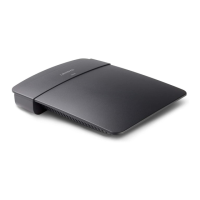
